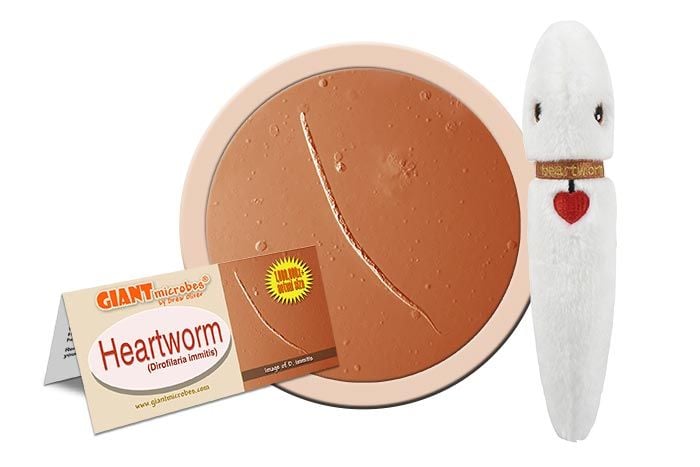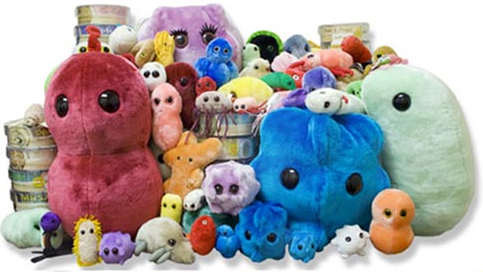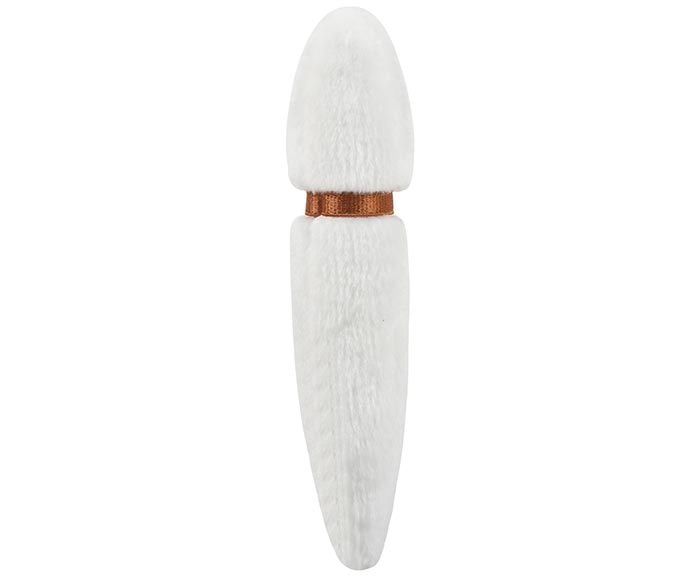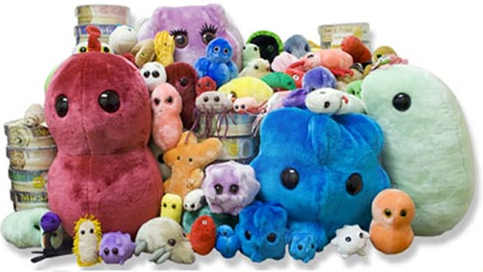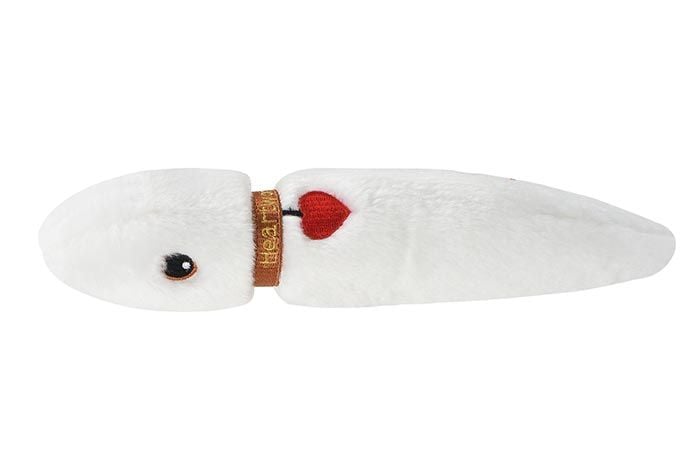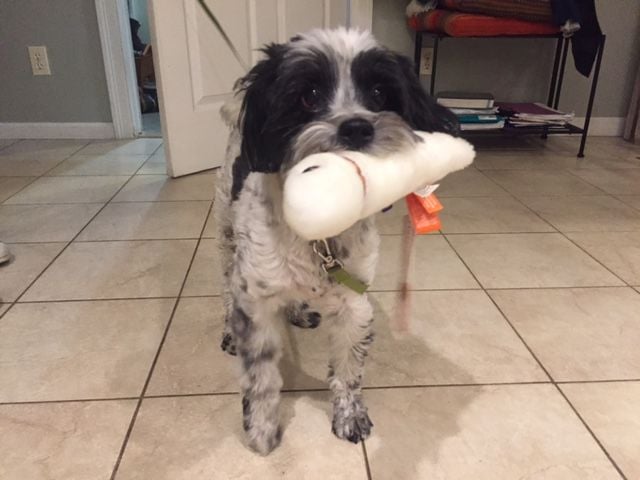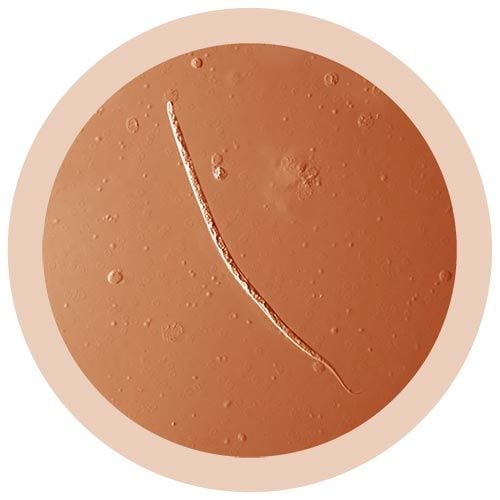Heartworm (Dirofilaria immitis)
Heartworm includes squeaker inside for dogs!
Product Details
Additional Information
| Sizes | Giantmicrobes are based on actual microbes, cells, organisms and other critters, only 1,000,000 times actual size! Gigantic (GG) 16-24" XL (XL) 10-15" Original (PD) 5-8" Keychain (KC) 2-4" with clip |
|---|---|
| Materials | Plush from all new materials. Stuffed with polyester fiber fill. Surface washable: sponge with water & soap, air dry. |
| Packaging | Each plush microbe includes a printed card with fun, educational and fascinating facts about the actual microbe or cell. |
| Safety | Every product meets or exceeds U.S. and European standards for safety. For ages 3 and up. |
All about Heartworm (Dirofilaria immitis)
FACTS: You're not the only one who loves dogs - numerous parasites on the inside and outside of man's best friend use him as their own little ecosystem. Most are harmless annoyances, but heartworm (or Dirofilaria immitis) can cause serious complications and even death if left untreated.
Thin, spaghetti-like parasites, heartworms typically reside in the pulmonary arteries and hearts of their hosts. An infected dog can have as many as 250 worms. As they grow, the worms constrict blood supplies to the heart and lungs, causing infected animals to develop coughs, become listless, and lose their appetites.
Microscopic offspring called microfilariae are released by female worms after mating. These get sucked up by mosquitoes and develop into larvae that can infect the next host. Because larvae can only develop when it's hot, summer is a particularly dangerous time for transmission. However, since symptoms take six months to appear, winter is the time to be most aware.
If one of these worms works its way into your dog's heart, there are treatments available that can help. Preventatives can also be used. However, these medications are dangerous if your dog already has heartworm, so be sure to test your pet before administering them.
Remember: keeping control of heartworm is the best way to ensure your dog keeps only you in his heart.
| Name | Dirofilariasis |
|---|
| Actual Size | Can range from a few inches to a foot long! |
|---|
| Where It Lives | Dirofilariasis are long, thin parasitic roundworms that live in the hearts of dogs, foxes, wolves, and even humans! |
|---|
| System | Heartworms are passed on through mosquito bites. |
|---|
| Cure | Heartworms can be surgically removed. |
|---|
| Deadliness/Severity | Heartworms could lead to severe lung disease, heart failure and damage to other organs in the body. |
|---|
| Infectiousness | Heartworms cannot be passed on from host to host, but rather from mosquito to host. |
|---|
| History |
Heartworms were first documented in the United States in 1847. The first documented human infection occurred in 1887 in Brazil. The first documented human infection in American occurred in 1952. Since then most diagnoses of the case has been in the United States and Canada. |
|---|
| Fascinating Facts | Did you know? The average lifespan of heartworms in untreated pets is 5-7 years in dogs and 2-3 years in cats. |
|---|


